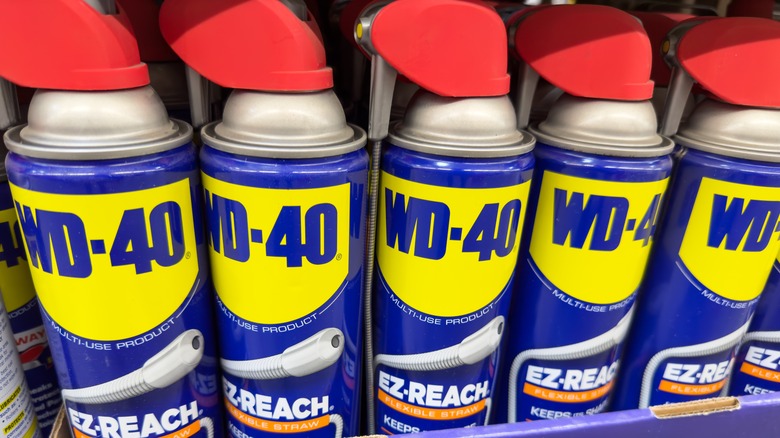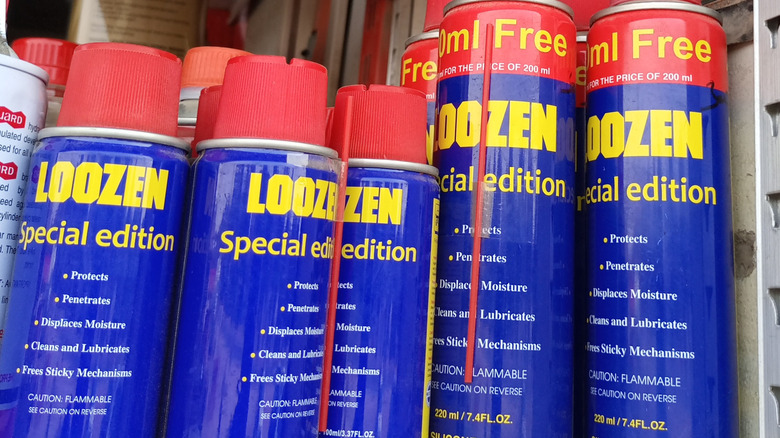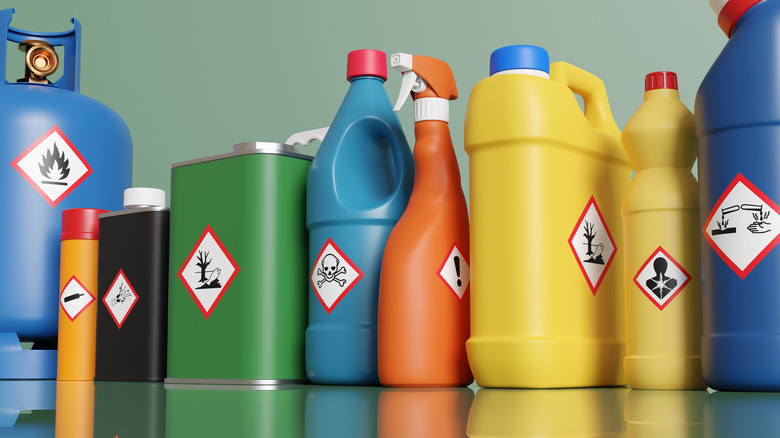
ZikG/Shutterstock
Knockoff products — whether intended to mislead or trying to capitalize on brand popularity — are everywhere. From games and toys to electronics and power tool batteries.
Sometimes we may buy them anyway, knowing they’re illegitimate, because the price is tempting. Other times we may be in a rush and not realize what we’re ordering or grabbing off the shelf isn’t what we think it is. Sometimes we might buy an item online thinking it’s the real deal, only to find out it was fake and the listing was a lie (or carefully edited to dance around the fact that it’s not official).
Advertisement
At times it might be a breeze to spot a fake — sometimes even humorous, according to Reddit – but much of the time these products are designed to trick you. Not all of the discrepancies will be blatant. That may be the case with WD-40 knockoffs. Fortunately, there are a few telltale differences and things that give the game away.
What to look out for

Tea Talk/Shutterstock
The can simply not having «WD-40» printed on it, or not using the etched-in-public-consciousness packaging design with the blue and yellow can with a red cap is a dead giveaway for sure. But there are much more subtle things to keep an eye out for as well.
Advertisement
Obvious spelling or grammar mistakes are one common tell, which you may find in the name or other locations around the can, but another indicator of a possible fake is the heft of the can. As explained in Autonews Magazine, WD-40 is fairly weighty because it’s formulated with carbon dioxide. Imitations, on the other hand, often go with lighter substances to pad out the can (sort of like air in a bag of chips giving a false impression of fullness), and they usually don’t feel as weighty.
Fine print is a good indicator as well. From the description of its point of origin and a URL for the official website to several mentions of being «silicone-free,» there’s more to a WD-40 can’s branding than just the name on the front. If you’re looking at a can that lacks any of these elements, it’s most likely a fake. Or it’s old enough to predate the internet, in which case you really shouldn’t attempt to use it anyway.
Advertisement
What to do with any fakes you may have

Dragon Claws/Getty Images
Dealing with a known knockoff product in your possession isn’t always cut and dry, because a lot of it depends on what the product is and just how «fake» it might be. In the case of substances like WD-40, it’s best to err on the side of caution.
Advertisement
Derivative products that aren’t WD-40 but do still work as intended are most likely fine to hang onto so long as they satisfy your needs, but you should still double-check the label anyway. If the chemicals aren’t the same, it could react differently than what you expected or are used to — with possibly damaging side effects. Even official WD-40 can damage plastic and carries potential health risks, after all.
Full-on knockoff products from companies you don’t know (or can’t ascertain) with ingredients you aren’t familiar with (or can’t figure out) are another matter. In these instances it’s highly recommended that you not use or cease using the fake product immediately. If you purchased it from a brick-and-mortar store, see if you can either exchange it for the right item or return it. If you bought it online, try to initiate a refund or return. The rules and processes may differ based on where you bought the fake from, but it’s worth a try.
Advertisement
If returning it doesn’t work, it’s best to get rid of it instead. WD-40 is classified as an ignitable hazardous waste (D001) and should be disposed of according to your local rules and regulations. The same guidelines will likely apply to the knockoff, but be sure to verify the can’s contents (if possible) before you attempt to dispose of it.